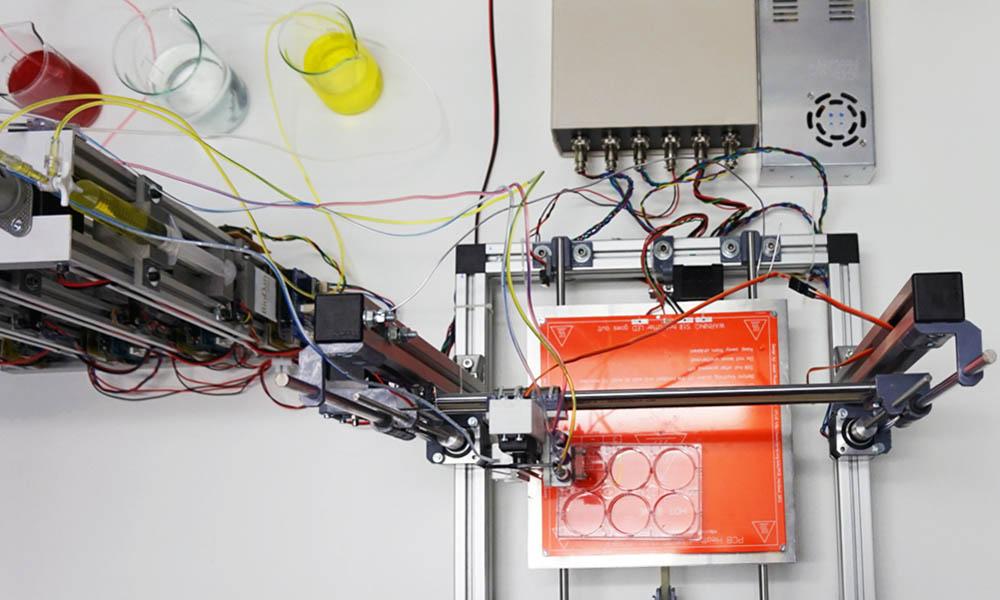
Researchers at the Universidad Carlos III de Madrid have developed what appears to be a practical method for 3D printing human skin.
And that is skin that is actually useable for transplant onto a patient, as opposed to a laboratory experiment. They explain how it works:
This new human skin is one of the first living human organs created using bioprinting to be introduced to the marketplace. It replicates the natural structure of the skin, with a first external layer, the epidermis with its stratum corneum, which acts as protection against the external environment, together with another thicker, deeper layer, the dermis. This last layer consists of fibroblasts that produce collagen, the protein that gives elasticity and mechanical strength to the skin.
So it seems they are combining several different types of cells together in a manner that becomes actual, living, skin.
Most bioprinters are constrained to a single material, making their utility quite limited, as very few body tissue structures are made from a single material.
Here we are fortunate because not only is skin producible with a limited number of components, but it is also not particularly thick. The thin structure permits nutrients to seep through and keep the 3D printed tissue alive during printing and subsequent storage. Thicker objects have a problem surviving, and often require far more complex dissolvable scaffolding to implement tissue geometry. So skin would have to be the first practical 3D printable human organ.
As of this moment, the researchers are pursuing certification with European authorities to permit use of the system on actual patient situations. Typically new skin is required to alleviate burn victims.
The new system involves two kinds of skin cells: allogeneic, made from a supply of generic cells and autologous, which are produced by replicating the patient’s own cells en mass outside the body. They’re loaded into the bioprinter for printing.
It’s an interesting development, but I fear that more complex human organ prints are a very far way off. Skin, as you can imagine, is vastly simpler than some of the more intricate parts of the body that are most frequently required for replacement.
But to get somewhere, you must take steps towards the goal, and this is one of them.
Via UC3M

